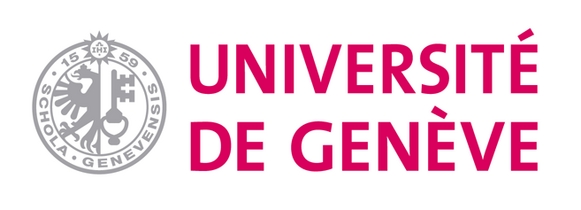Social origins and post-high school institutional pathways: A cumulative dis/advantage approach
| Author | |
|---|---|
| Résumé |
The social stratification that takes place during the transition out of high school is traditionally explained with theoretical frameworks such as status attainment and social reproduction. In our paper, we suggest the cumulative dis/advantage hypothesis as an alternative theoretical and empirical approach that explains this divergence in institutional pathways as the result of the dynamic interplay between social institutions (in our case, schools) and individuals resources. We use data from the NLSY79 in order to compute institutional pathways (defined by educational and occupational status) of 9200 high school graduates. Optimal Matching Analysis and Cluster Analysis generated a typology of life course pathways. Our results show that both ascribed characteristics and students’ high school characteristics and resources are predictors of post-high school pathways. DOI |
| Année de publication |
2014
|
| Journal |
LIVES Working Papers
|
| Volume |
030
|
| Nombre de pages |
1-26
|
| Numéro ISSN |
2296-1658
|
| URL |
http://dx.doi.org/10.12682/lives.2296-1658.2014.30
|
| DOI |
10.12682/lives.2296-1658.2014.30
|
| Mots-clés | |
| Download citation | |
| File (PDF) |

